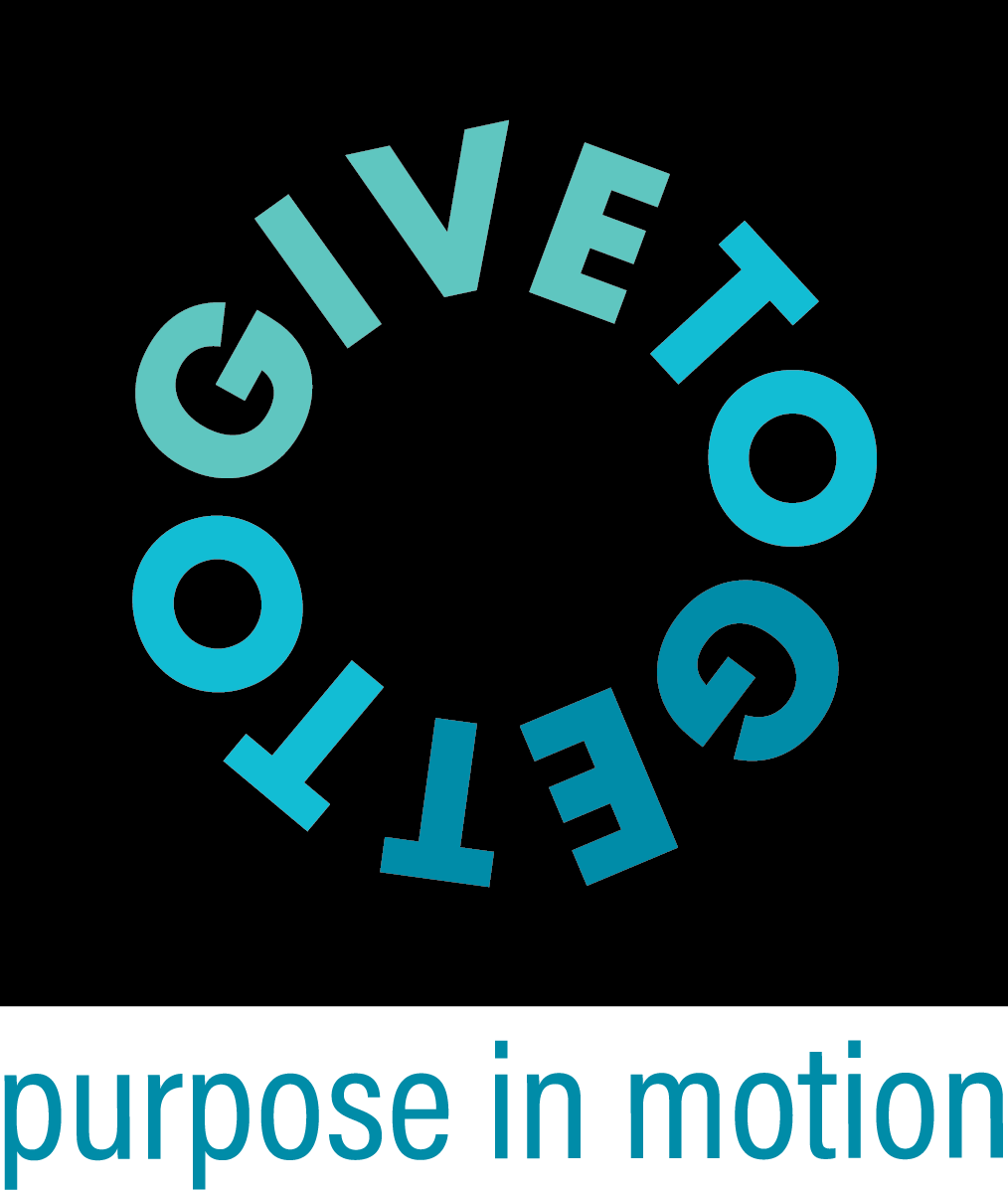Walking the Tightrope: Social Impact Measurement / Part 4 of 4
Now that we have addressed the grimy business metrics for social impact, it’s time to look at the part the makes you feel good. Community impact is what everyone says they want to achieve, and they do! For if you don't have real impact in the community, you don't have the bounce back benefits to the enterprise or the brand. But how you are measuring and communicating that impact has a real effect on the value of the whole effort.
When business started investing in social impact, they wanted everyone to know that they were donating! The only metrics that were lying around and quick to access were the inputs they were putting to community — philanthropy dollars, volunteer hours, participation rates and in-kind donations. You still hear a lot about how much money companies are committing to spend on this issue or another. You hear about the hundreds of thousands of volunteer hours employees are giving to community. And, finally, companies will tout how much product and service they donate to global and local NGOs.
Companies then moved to a discussion about outputs. We are planting a million trees. We are going to affect a billion people. And while it’s good to lift your gaze outward, these types of numbers are hard for people to get their head around.
Now all of those inputs and outputs are good information and it was enough for a while. But those types of numbers are starting to turn into wallpaper. It is getting noticed less and less. Further, 90% of companies are all telling the same story about dollars, hours and product. Nothing stands out.
Outcomes is what everyone is looking to define and communicate now. Outcomes create value for society, and value is the key.
For instance, this past spring, many of our clients scoured their offices for devices like laptops, tablets, and hotspots that could be donated to local school districts to assist children from low-income communities who would not have access to online learning platforms if their classes moved online.
Using these input/output measures, the companies might choose to look at the number of devices donated and the retail value of those items to report their impact. For example, they would report that they donated 500 devices that retailed for $500 each. They might report this as a $250,000 donation.
But, more than likely, the school district did not have $250,000 to buy devices for their students. Or, if they did have funds on hand, they would not have been able to purchase the items and configure them in a timely fashion to get them to the children who most needed them.
Without these donations, the children simply would have not had access to their classes. High school students may have been more likely to drop out which, as studies have shown, can lead to a decrease in earnings, higher levels of unemployment, and increased reliance on public welfare and health services. Younger children may have missed foundational concepts in phonics and math.
Those donations, it now appears, are worth much more than $250,000. But, how much more? And how would you be able to communicate it?
Lesa Ukman, who recently launched ProSocial Valuation Service (PSV), has an answer.
By combining the power of big data with the specificity of evidence-based primary research in which there is a proven correlation between a given intervention and a specific impact, PSV mathematically translates each unit of social capital — a term Lesa uses to broadly refer to all types of public goods that benefit people and planet — into a dollar value based on income or savings to the public and/or benefits to individuals or society. It may seem complicated — especially because PSV has valued community effects in areas as diverse as health, education, homelessness, community redevelopment, clean water, and social inclusion — but it’s not.
Instead, there’s a simple seven-step process that the team follows. The key is to translate inputs/outputs into outcomes, and then determine what that outcome is worth to society.
The point is that with this kind of process, you can communicate impact and the value of that impact on the planet and public. You can then start to make real comparisons between different interventions and make decisions on which ones have the most bang for the buck.
And that is the important part. Communicating your real and verified impact on community is what adds the truth element to the investments you are making. Both employees and consumers (they are the same people, remember?) want to know if companies are having impact. They don't want press releases. They want meaningful change.
To learn how to measure impact for your business or request case studies, please contact PSV.

